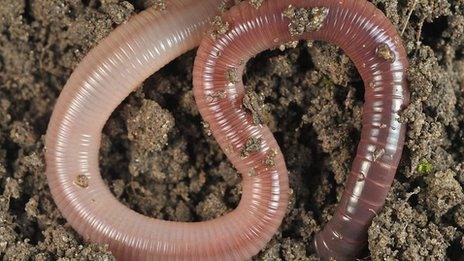What's being done to tackle glow worm numbers?
- Published
- comments
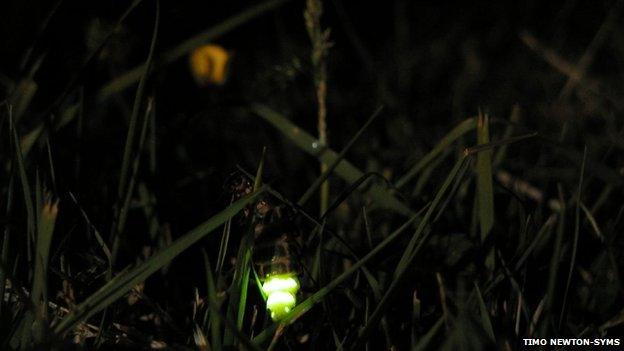
This glow worm was spotted on the Kennet and Avon canal near Seend
The number of glow worms in the UK has fallen by more than three quarters over the last 20 years, according to the Environment Agency.
However, here's some positive news for the insects: The Keep It Wild Trust will be reintroducing glow worms to the countryside to help boost their numbers.
The team working on the project are breeding glow worms in empty tubs of butter and they're looking to reintroduce 500 of the insects at each site over the next two years at sites on the Devon-Cornwall border, and near Kingston in southwest London,
Derek Gow, who is an expert on rewilding, told The Times: "It used to be the case that glow worms were so common that in Thomas Hardy's book The Return Of The Native [a boko published in 1878] characters were able to play dice late at night using glow worms. You cannot fail to be charmed by an insect that lights up.
"The idea is to explore the possibility of restoring this insect to environments where it has been lost."
Did you know?
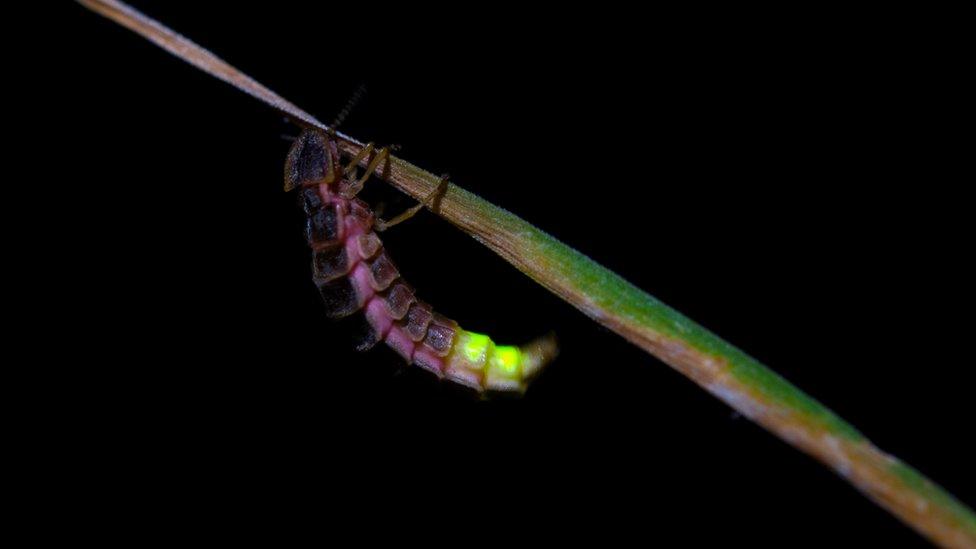
Only female glow worms are able to give off light
Glow worm larvae are more likely to thrive when it's wet outside. It's because they feed on slugs and snails which prefer damp conditions.
It takes glow worms, which are actually beetles, about two years to reach adulthood. It's only female worms that are able to glow at night and they use this to attract males.
- Published11 February 2019
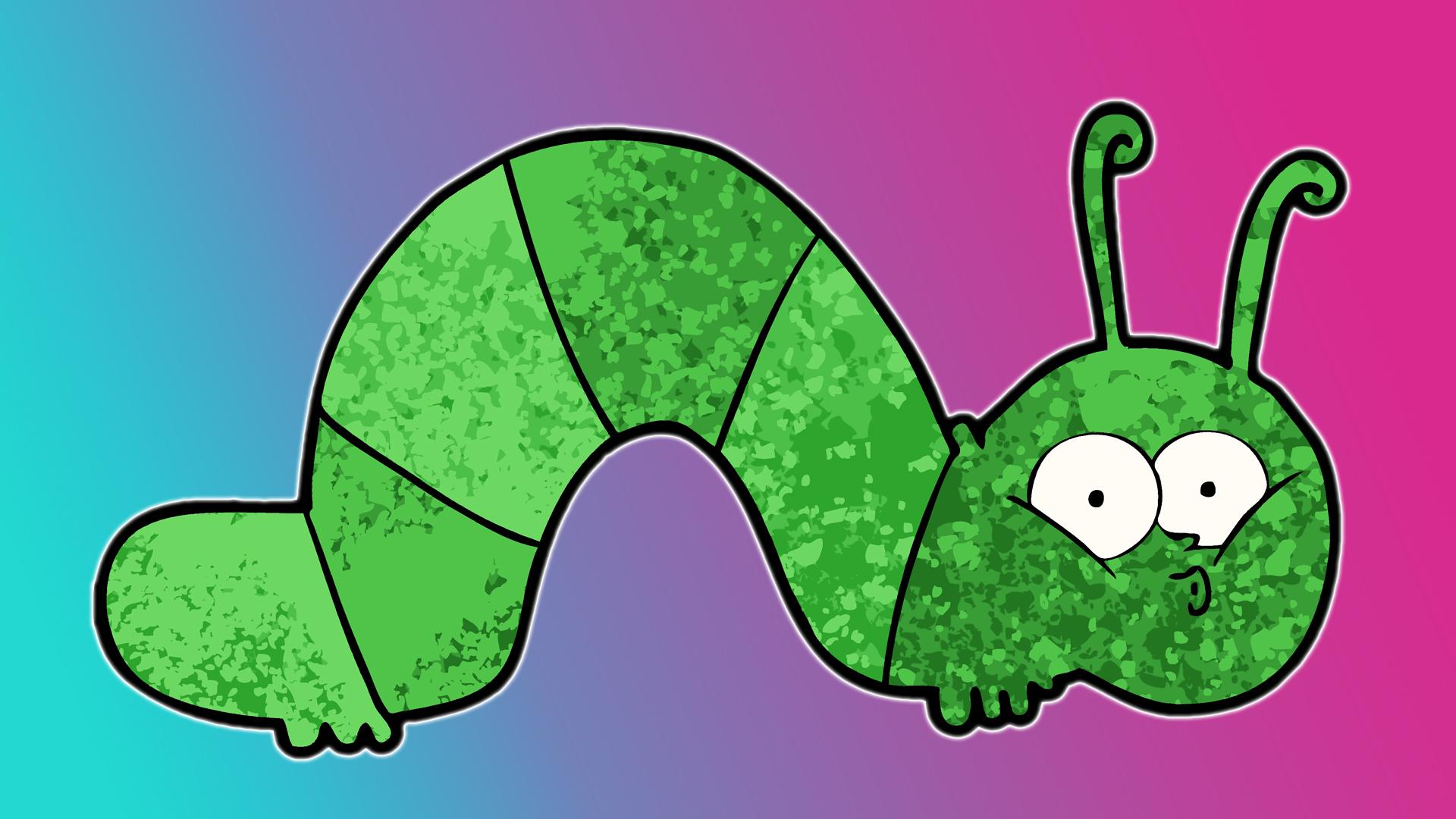
- Published6 November 2019
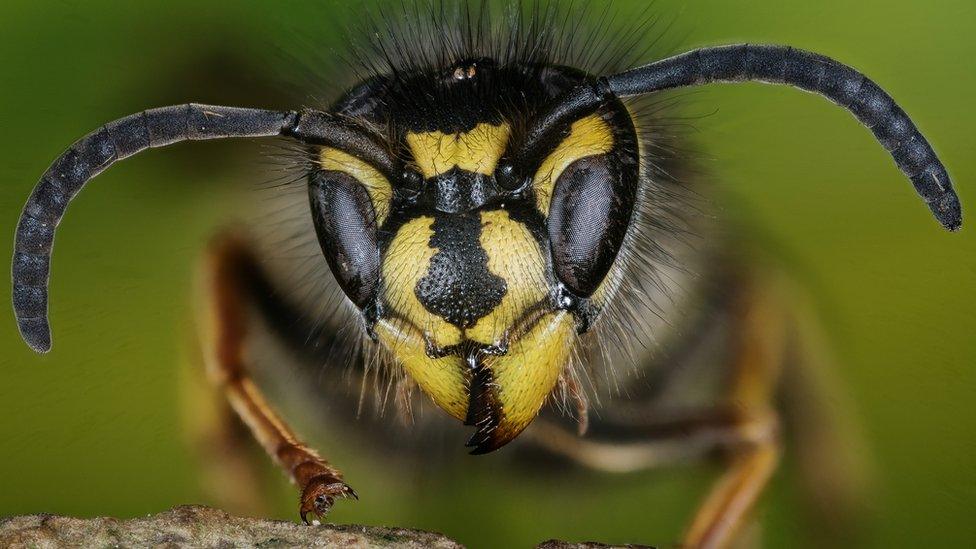
- Published8 October 2019
